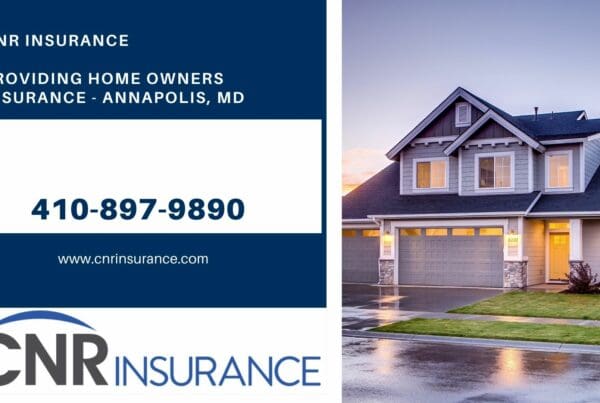When your baby toddled for the first time, you were there. When your child first pedaled free of training wheels, you were there. Now that sweet son or daughter has turned teen. Gulp—you’re there.
Don’t stress out. It’s OK to sweat your child’s sweet 16. It shows that you care. Start by remembering what it was like when you were 16. Safety was probably not your primary concern as a beginning driver, and it’s likely not your child’s either. As a parent, you have the authority to make sure your teen bucks the trend and becomes a safe driver.
Phil Berardelli, author of Safe Young Drivers, says parents need to take charge of the driving process from the beginning. “Is your teen ready to start driving?” Phil asks. “You have to make that determination. If they’re not ready, don’t let them drive.”
Berardelli’s book explains how parents should teach their children basic skills and a mature attitude behind the wheel. He says parents need to be firm and let their teens know driving is a privilege—not an argument over curfews, friends or the way they dress.
“The hardest part is sticking to your guns and enforcing the rules.” Berardelli says. He also says parents need to make it clear that any alcohol use is an absolute deal breaker for their children’s driving hopes.
Lauren Hill of Hill Insurance Agency in Camden, N.Y.—a parent of a teen driver—agrees. “It’s our vehicle. We’re paying for insuring it,” says Hill, wearing her parent hat. “It’s a privilege for them to drive. And, if they’re not willing to handle it responsibly, we should take it away.”
Parental involvement is crucial to a teen’s development as a driver. “Don’t wait for your kid to ask you to be part of the process,” says Paul Chadowski of Chadowski Insurance Agency in Fairfax, Va., and a parent to a teen driver. “Whether they admit it or not, kids are appreciative when parents take interest.”
It also helps to have a support system. Encourage your child to get involved at school. Erie Insurance’s Lookin’ Out program currently partners with dozens of high schools to provide safety awareness programs, seatbelt checks, mock crashes and even grant funding. If your son or daughter’s school does not have a Lookin’ Out program, contact school officials and inquire about getting involved.
There’s no magic age to start talking about driving with your kids. “Driving out in this world is a classroom. You’re always learning,” says Chadowski. “Take the opportunity when they ask or make a comment, even if they’re only 12 or 13.
“Teens assume that everyone else on the road is going to do the right thing, but we know that’s not reality,” says Hill. A 2008 survey by Erie Insurance shows that many teens don’t recognize dangerous driving behavior. Ninety-one percent of teens viewed themselves as safe drivers despite the fact that 76 percent of them speak on cell phones while driving and 57 percent read or send text messages. So don’t assume it’s clear to them what is safe and what is not.
Before you start teaching your teen to drive, self-evaluate and clean up any bad habits you may have developed over years of driving. Remember to practice what you preach.
As Berardelli put it, “If your kid came to you and said, ‘I want to play the piano,’ nobody would rush out to buy a piano and say, ‘OK, I’m going to buy you six lessons, and you should be fine.'”
Driving is no different. Adding a car to the household provides relief from hauling your children to and from their activities, but it comes at a price. Adding a new car—not to mention a new teen driver—increases your insurance premium more than most parents expect.
Most people have some sense that teen drivers are relatively unsafe, but not everyone understands the scope of the problem. More than 5,000 teens die annually from auto accidents—the leading killer of 15 to 20-year-olds in the United States.
The numbers don’t lie. Teen driving safety is a problem that needs a proactive solution. That’s where you come in.
Model and promote safe driving habits to your teen before, during and after they receive their licenses. Help them understand why safety is important. And realize that even if they don’t admit it, they need you now more than ever.
When it’s time to insure your young driver, give us a call. We’re here to help.

